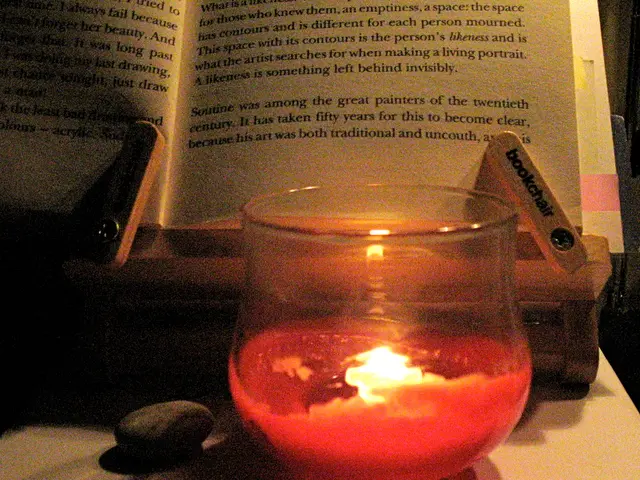A Fresh Take on Ancient Astronomy: Major Lunar Standstills
Uncommon Cosmic Phenomenon May Uncover Stonehenge's Hidden Mysteries
Ever wondered about the celestial events that fascinated our ancestors? One such captivating phenomenon is the Major Lunar Standstill, a rare astronomical occurrence observable every approximately 18.6 years.
Thousands of years ago, the Babylonians were keeping tabs on the cosmos, with a dedicated team observing the night sky. They weren't just admiring the stars; they were making use of them to mark the passage of time. And the Major Lunar Standstill, distinct from more common lunar events such as eclipses and super blue moons, stood out among them all.
During this event, the Moon's declination reaches its most extreme northern and southern points, causing it to rise and set at positions far beyond the Sun's limits throughout the year. This eccentricity made it resonate strongly with early observers, so much so that monuments like Stonehenge and Callanish in Scotland were constructed to align with these extreme lunar positions.
Major Lunar Standstills were more than just a cosmic spectacle. They served several purposes for ancient civilizations. Firstly, they provided a unique means for marking long periods, lasting almost a generation, rather than the regular monthly or yearly cycles. For instance, the Babylonians utilized the rythmic lunar cycles to build calendars and predict celestial events.
Secondly, these events were often intertwined with rituals, community activities, and even calendar-making. Some researchers believe these monuments served as landmarks marking the Moon's extreme positions for ritual, community, or calendar purposes. For example, some stones at Stonehenge seem to frame the Moon's path at these times, hinting at a sophisticated understanding of lunar cycles and their interaction with the landscape.
Lastly, Major Lunar Standstills required sustained, communal observation and record-keeping spanning decades. These events might have served to reinforce social cohesion, as the cycles were too long for any individual to witness more than once or twice in their lifetime. The shared experience of observing the Moon's extreme positions might have had symbolic or religious meanings.
So, the next time you gaze upon the moon, remember the ancient astronomers who marveled at its dance across the sky. And who knows, maybe you'll catch a glimpse of a Major Lunar Standstill! Just keep an eye out for that extra-far moonrise or moonset, and you'll be on the right track.
- As our ancestors gazed at the cosmos, they not only marveled at the stars but also used them to enhance their understanding of health-and-wellness, with the Major Lunar Standstill possibly influencing medical practices or rites related to fertility or personal wellness.
- While space-and-astronomy captivated the minds of ancient civilizations, they also sensed the potential of celestial events like the Major Lunar Standstill in forming a stronger bond within the community, as they required sustained, communal observation over a long period of time.







